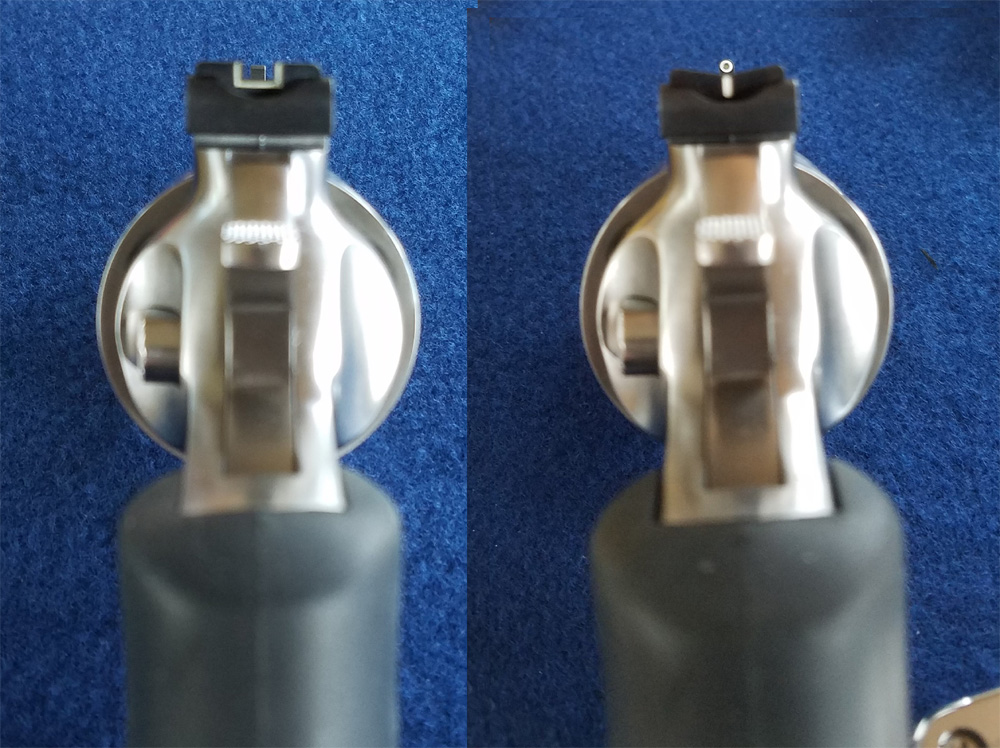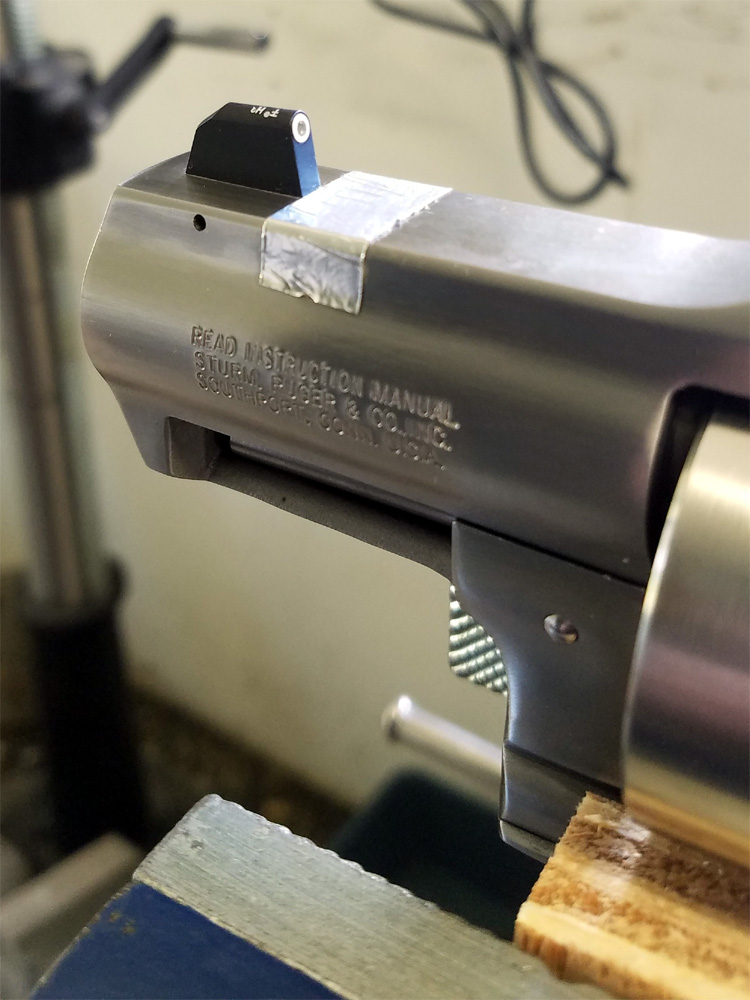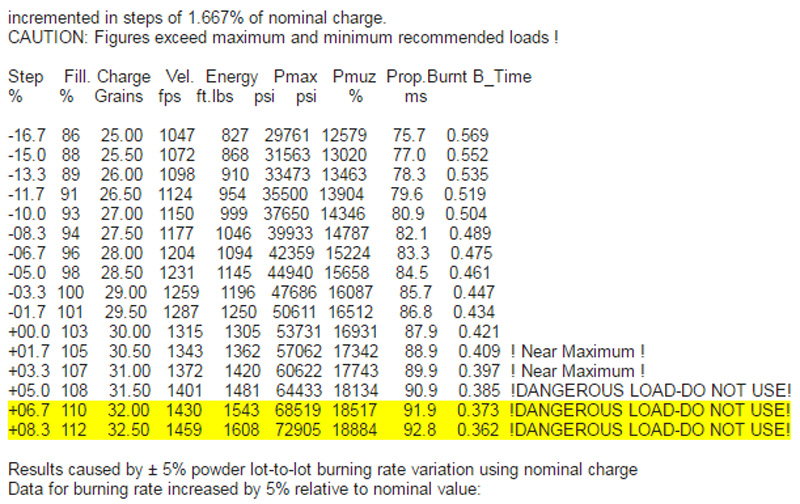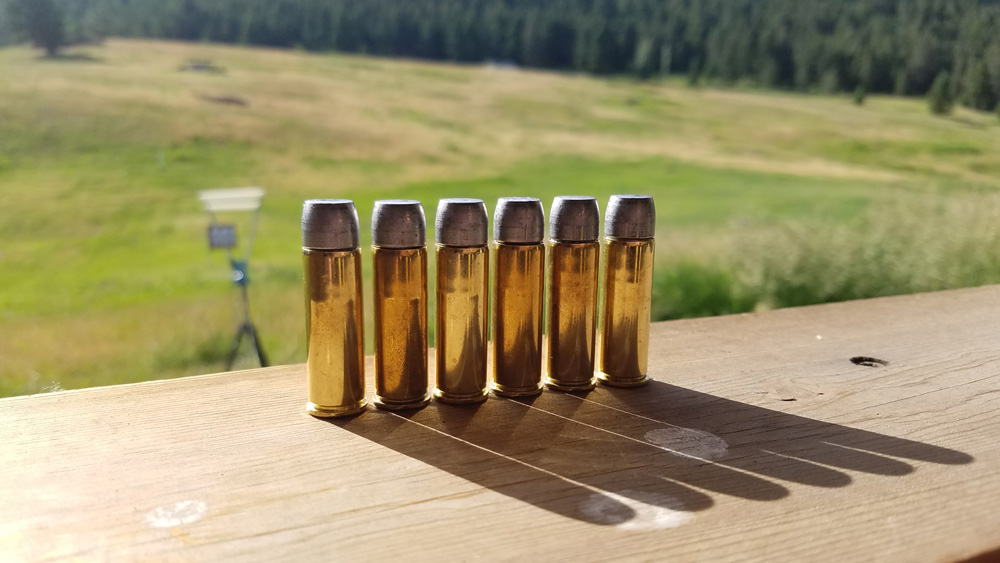H110 and those are actual chronograph numbers.
That 2.5" barrel is a real handicap.
Thanks ...I'm starting to see that now!
Here are some velocity results from two sources that some might find interesting.
From
http://www.gunblast.com/Ruger-SRHAlaskan454.htm where the author tested factory and handloads in a SRH Alaskan.
Ammunition Velocity
Buffalo Bore .454 360 grain LBT GC 1219
Buffalo Bore .45 Colt Heavy 325 LBT 1126
Buffalo Bore .45 Colt Heavy 260 Hollowpoint 1279
Cor-Bon .45 Colt +P 265 grain Hollowpoint 1160
Cor-Bon .45 Colt +P 300 grain Jacketed SP 1036
Grizzly .454 300 grain Belt Mtn. Punch 1205
Grizzly .454 335 grain LBT GC 1001
Grizzly .454 360 grain LBT GC 986.2
Handload 314 grain Belt Mtn. Punch 26 gr. H110 1078
Handload 314grain Belt Mtn. Punch 28 gr. H110 1207
Handload Hornady 250 XTP HP 28 gr. H110 971
Handload Hornady 250 XTP HP 30 gr. H110 1096
Handload Mt. Baldy 270 gr. SAA 8.8 gr. Trail Boss 753.4
Handload Mt. Baldy 270 gr. SAA 10 gr. Trail Boss 1002
Here's some velocity data for bullets ranging from approximately 330gr to 360gr tested in a SRH Alaskan
http://castboolits.gunloads.com/sho...ger-Alaskan-454-Casull-Velocity-Ranger-Report
.454 Casull Star-line cases
335 grain Cast Performance Gas Checked LFN
25.8 grains H-110
Average velocity was
1070 FPS.
***
360 grain RFN, 22.5 grains W296, moderate-heavy crimp
FPS
976
938
964
918
901
962
962
906
-----
940 Ave
Accurate Mold 45-360C...
362 grains, plain-base, 23 grains W296, LLA mixed with Penetrol.
FPS
953
944
963
930
922
975
-----
Ave-947.8
SD-19.97
Ruger SRH Alaskan .454 Casull
362 grain plain-base boolit
23 grains of W296
FPS:
923
966
919
957
971
------
Ave-947 FPS
SD-24.5
Accurate Mold 45-
360C plain-base, straight wheel-weight lead. The bullets were the "rejects" in my last casting. Out of 140 bullets cast 114 weighed in at 362 grains and the remainder weighed anywhere from 364-370 grains.
23.5 grains of W296 and used my Lee Factory Crimp Die.
FPS:
1033
1040
1024
1044
1056
1044
1030
1044
1027
1031
1031
1056
1024
1064
1039
1024
1031
1036
1020
1058
------------
N=20
Hi=1064
Lo=1020
Ave=1037.8
SD=12.8







